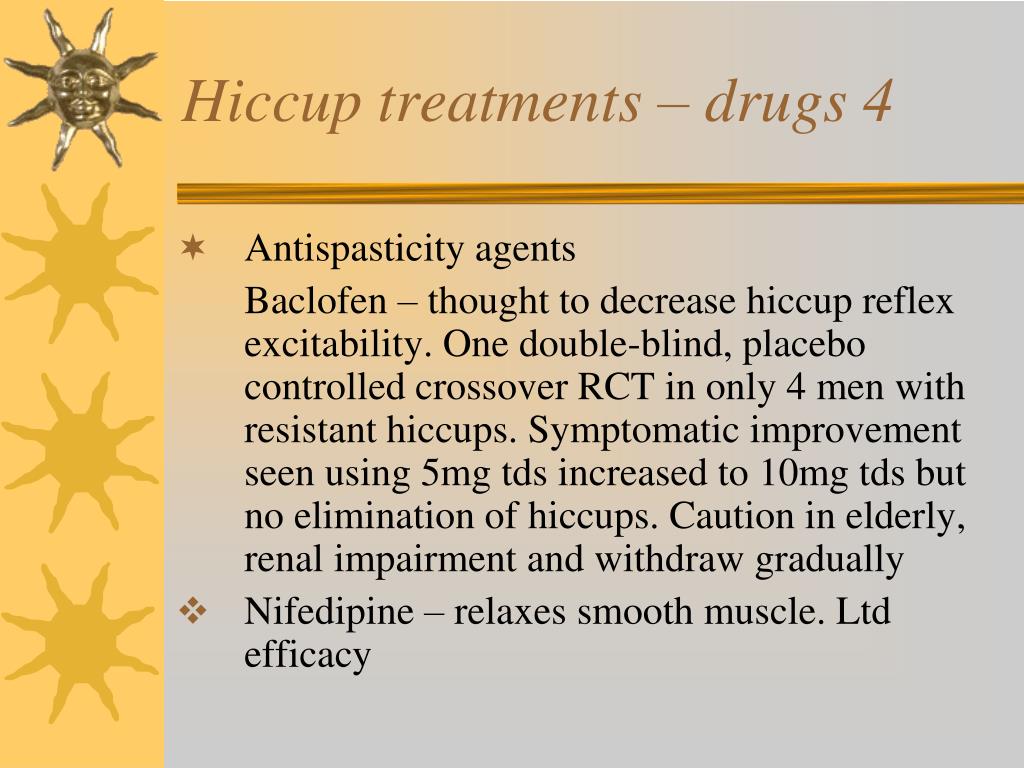


Local point - sore/swollen throat - counterflow qi, cough, hiccups, reflux. View ST 11 (Qi Abode) At the superior border of the clavicle between the sternal and clavicular heads of the sternocleidomastoideus muscle.Sore throat, counterflow qi (vomiting), coughing, hiccups. Regulation of Blood Pressure - lowering high blood pressure. View ST 9 (Man's Prognosis) Level with the tip of the Adam's Apple on the anterior border of the sternocleidomastoideus muscle (where the pulse of … In ancient times the ST Qi was assessed by palpating the pulse here and at ST 42.Opens the chest and circulation in the breasts - breast pain, insufficient lactation. Descends qi - chest oppression, shortness of breath, cough, hiccup, running piglet disorder. View SP 18 (Celestial Ravine) 6 cun lateral to the anterior midline in the 4th inter-costal space.Pain, hiccups, vomiting, harmonizes stomach.įertility issues involving stagnation in the lower warmer. Local Point for abdominal and intestinal issues. View KD 18 (Stone Pass) 3 cun above CV 8.While initially complex, this is illustrative of the the web of relationships that Chinese Medicine is designed to approach. Many times there will be a layered combination of patterns in an interwoven blend with their symptoms - some being the cause of an issue and the result of another issue. In clinical situations, however, there are any number of other possibilities. Within TCM, "hiccups" is potentially related to one or more of the following diagnostic patterns: stomach cold, stomach fire, and/or stomach qi deficiency. the "cause(s)".įor non-practitioners, we recommend reading treating the "cause" and not the "symptoms" for more on the overall approach and the importance of the TCM diagnostic system in formulating treatment approaches. Alternatively, a practitioner is looking at the factors that led to the development of "hiccups" - i.e.

It is critical to appreciate that in Chinese Medicine, treatment for "hiccups" is rarely focused on the symptoms exclusively.


 0 kommentar(er)
0 kommentar(er)
